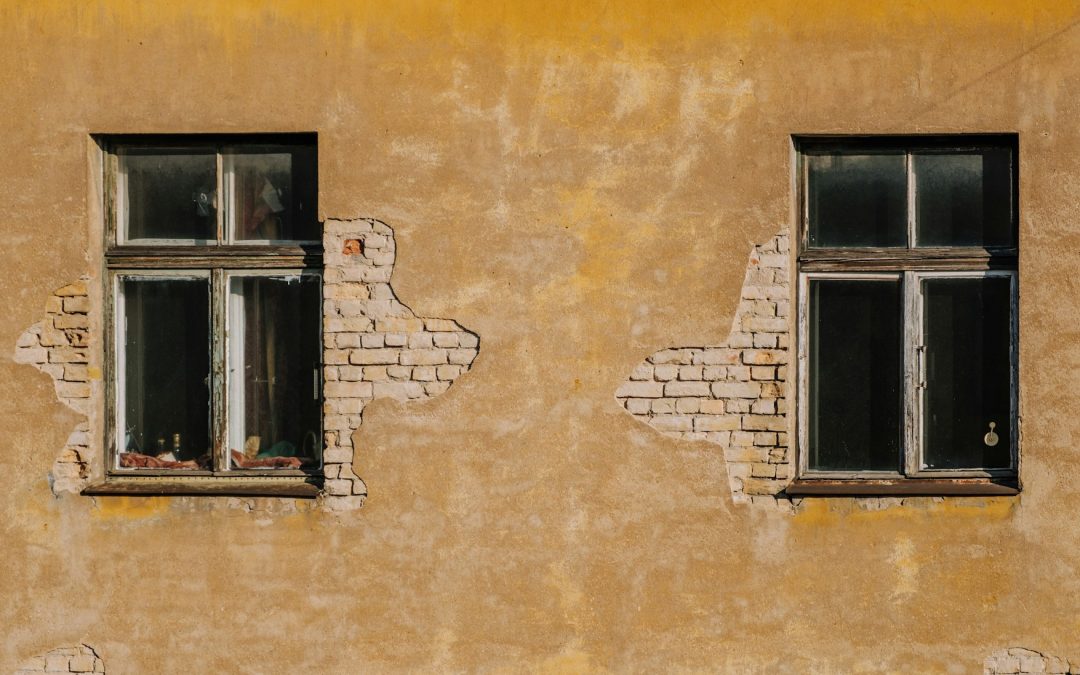Older homes have a certain charm that modern construction can’t quite match. From the wood trim to the original glass patterns, every part of a historic house tells a story. When it comes time to upgrade parts of the home, like old windows that stick or leak, most homeowners want to keep that original look without sacrificing comfort. That’s where things can get tricky. Replacing historic home windows requires more thought than a simple swap because you’re dealing with both style and history.
You might want to make your home more energy efficient or tackle issues like drafts and peeling paint, but at the same time, you don’t want to lose the character that makes your home stand out. Carefully chosen window replacements can preserve your home’s historic details while adding modern perks. But before any new glass goes in, it’s smart to understand what’s involved in replacing windows on these kinds of homes. With the right approach, you can keep your home looking like itself while making it more livable as well.
Understanding Historic Home Regulations
Before you order any materials or start removing the old frames, there’s something you need to check first: regulations. Many historic homes fall under local or national protection rules that limit what changes you’re allowed to make. That definitely includes windows.
Most areas with historic neighborhoods or homes over a certain age require you to stick to guidelines around appearance and structure. These rules might be in place because the home is listed on a registry or located in a recognized historic district. Even if it’s not, there could still be policies tied to nearby properties that affect what changes you can make.
Here’s what to keep in mind:
– Check for design restrictions that control the style, size, or material of the new windows
– Find out if you’ll need approval from a town board or historic review committee before beginning
– Some places ask you to submit photos, measurements, or even samples before giving the green light
– Skipping these steps could lead to fines or construction delays
Working with someone who has done window replacement for other historic homes in your area can help with all of this. They’re usually familiar with the paperwork and know what regulators are looking for. Doing the research upfront can save you time and money, especially if you avoid having to undo work later on.
Choosing the Right Style and Material
Once you know what’s allowed, the next step is choosing windows that match your home’s original design. The goal is to make the new windows look like they’ve always been part of the house. Different eras of construction had their own styles, so finding a match helps the home look natural and consistent.
Here are a few popular styles you might consider:
– Double-hung windows: These are common in early- to mid-20th century homes. They slide up and down and often have divided panes
– Casement windows: These swing open like doors and are often used in older cottages or homes from the 1800s
– Picture windows: Large, fixed windows that don’t open and are usually paired with smaller working windows on the sides
Now think about materials. Wood is usually the go-to for historic homes, offering that original look and feel. But alternatives like aluminum-clad or fiberglass versions can give similar style with better durability. Vinyl is affordable and low maintenance, but might not pass design checks in more tightly regulated areas.
You don’t have to match the old windows exactly. Try your best to preserve the feel of the originals. Use similar trim, keep the same window proportions, and match any grid or divided light patterns if they were there before. That way, the replacement doesn’t stick out or affect the home’s overall appearance. A good match can blend in so well that most people won’t even notice the windows were replaced.
Balancing Energy Efficiency with Historical Integrity
One of the main reasons people want to upgrade windows in an old home is for better energy efficiency. Drafts, rattling panes, and gaps can make a home uncomfortable and raise heating or cooling costs. Still, you want to make the improvements while keeping the home’s character intact.
Low-E glass is one option. It’s nearly invisible but works to block out heat in warm weather and hold it inside during colder months. That way, your comfort goes up without changing the window’s look. Pair this with insulated frames made from materials shaped to fit historical specs and your home starts to feel better inside without giving up that aged charm.
Other small upgrades such as weather stripping or frame reinforcements can cut down on drafts, too. These fine-tuned solutions let you fix the issues without making major changes.
If budget is a factor, it might be worth asking around about programs designed for historic homes. Some cities and states offer rebates or tax help if a project boosts energy performance and sticks to preservation guidelines. These options can help you afford better materials while sticking to a historically respectful plan.
Professional Installation Matters
Once your windows are selected, installation is what brings the plan to life. Older homes have their own design quirks. Their walls can be uneven and the original window frames might not be square anymore. That’s one big reason to hire a team that understands the way historic homes are built.
Historic homes might be made with dimensional lumber, have plaster walls, or even include hand-forged nails. Trying to squeeze a modern window into an old frame without care can lead to problems. You could damage the frame or create gaps that lead to noise, moisture, or drafts. That not only affects comfort, it can wear down other parts of the home faster.
Ask these questions before deciding on an installer:
– Have they worked on homes from your home’s era before?
– Can they recreate original trim or match custom features?
– How will they protect any detail work or original wood during removal and install?
– Are they comfortable with the paperwork or approval process if it applies to your neighborhood?
Getting the installation right helps make the whole project feel worth it. The difference between an okay job and a great one shows up in how smoothly the window opens or how perfectly the frame lines up with the rest of the wall. A pro with experience knows when something should be restored instead of removed completely.
Preserving the Heritage: Final Thoughts on Window Replacement
Replacing windows in a historic home is about more than just new glass. It means respecting the details that make the home unique while making sure it’s comfortable to live in now. With smart planning, skillful design choices, and the right people doing the work, you can take care of your home’s needs without losing its character.
Think of your old windows like classic car parts. You don’t change the look completely just to make it run better. Instead, you tune it, smooth it out, and update the parts that need updating while keeping the appearance you love. The same concept applies to your windows. With the right materials and installation, you can enjoy more comfort and better performance without giving up the charm that caught your eye in the first place.
Historic homes stand apart for a reason. Their windows deserve just as much attention as any other part of the structure. With patience, planning, and help from people who know what they’re doing, your home can keep its beauty while gaining some welcome upgrades. It’s a win for both the past and the present.
Bringing your historic home up to modern standards shouldn’t mean losing its character. With the right approach, you can enjoy the charm of history with today’s comforts. If you’re considering a window replacement to enhance your home’s energy efficiency and appeal, explore the options with American Windows of DFW. Let us help you preserve your home’s story while making it cozier and more efficient for everyday living.

